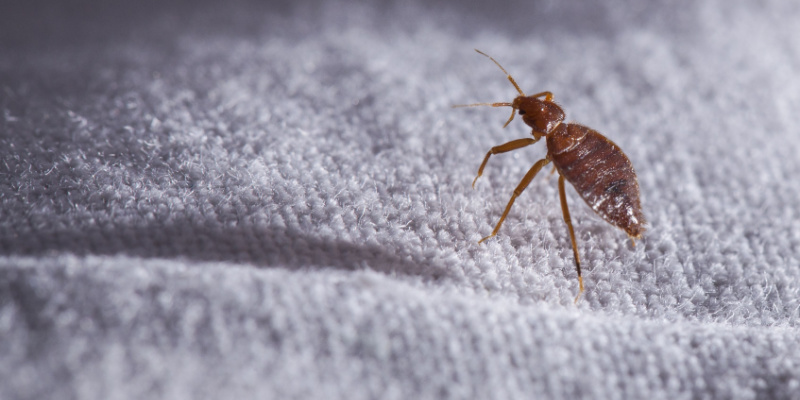Bed bugs are small, elusive pests that have become a common problem in many homes and businesses. Knowing what they look like is the first step in identifying an infestation and seeking appropriate treatment. This guide will provide a detailed description of bed bugs, their life stages, and signs to look out for.
Physical Characteristics of Bed Bugs
Bed bugs are wingless insects with a distinct appearance:
1. Size
Adult bed bugs are about the size of an apple seed, typically measuring 4-5 millimeters in length.
2. Shape
They have oval, flat bodies when unfed. After feeding, their bodies become more elongated and swollen.
3. Color
Unfed bed bugs are a reddish-brown color. After a blood meal, they turn a more reddish color due to the blood they have consumed.
4. Other Features
Bed bugs have six legs and two antennae. They do not have wings and cannot fly.
The Life Stages of Bed Bugs
Understanding the life cycle of bed bugs is crucial for identification:
1. Eggs
Bed bug eggs are tiny, about the size of a pinhead, and are white or pearl-colored.
2. Nymphs
Juvenile bed bugs, or nymphs, go through five stages before becoming adults. They are smaller than adults and are often translucent or lighter in color. Nymphs can be difficult to spot without magnification.
3. Adults
Adults are the easiest to spot due to their size and color.
Signs of a Bed Bug Infestation
In addition to spotting the bugs themselves, there are other signs of an infestation:
- Bites
Bed bug bites are often the first sign of an infestation. They appear as small, red, itchy welts, typically in a line or cluster.
- Fecal Spots
Bed bugs leave behind small, dark spots of fecal matter on bedding, mattresses, and nearby surfaces.
- Blood Stains
Small blood stains may be visible on sheets or pillowcases.
- Shed Skins
As bed bugs grow, they shed their skins, leaving behind small, translucent exoskeletons.
- Odor
A heavy infestation can produce a musty, sweet odor caused by the bed bugs’ scent glands.
Challenges in Identifying Bed Bugs
Bed bugs can be mistaken for other insects like carpet beetles or immature cockroaches. However, their distinct feeding pattern, the presence of fecal spots, and their characteristic smell can help distinguish them.
Professional Identification and Treatment
If you suspect a bed bug infestation, it’s advisable to seek professional help. Pest control experts can accurately identify bed bugs and recommend the most effective treatment methods.
Preventive Measures
To prevent bed bug infestations:
- Regular Inspection
Regularly inspect your sleeping areas, especially if you’ve traveled recently.
- Travel Precautions
Be vigilant in hotels, checking beds and luggage stands.
- Reduce Clutter
This reduces hiding places for bed bugs.
- Use Protective Covers
Encasing mattresses and box springs can help detect and contain bed bugs.
Identifying bed bugs is crucial to managing an infestation. These pests are small, have distinctive physical characteristics, and leave behind telltale signs like bites, fecal spots, and shed skin. If you suspect an infestation, professional identification and treatment are recommended. Taking preventive measures can also help keep your home bed bug-free. Early detection and professional help are key to effectively dealing with bed bugs.
